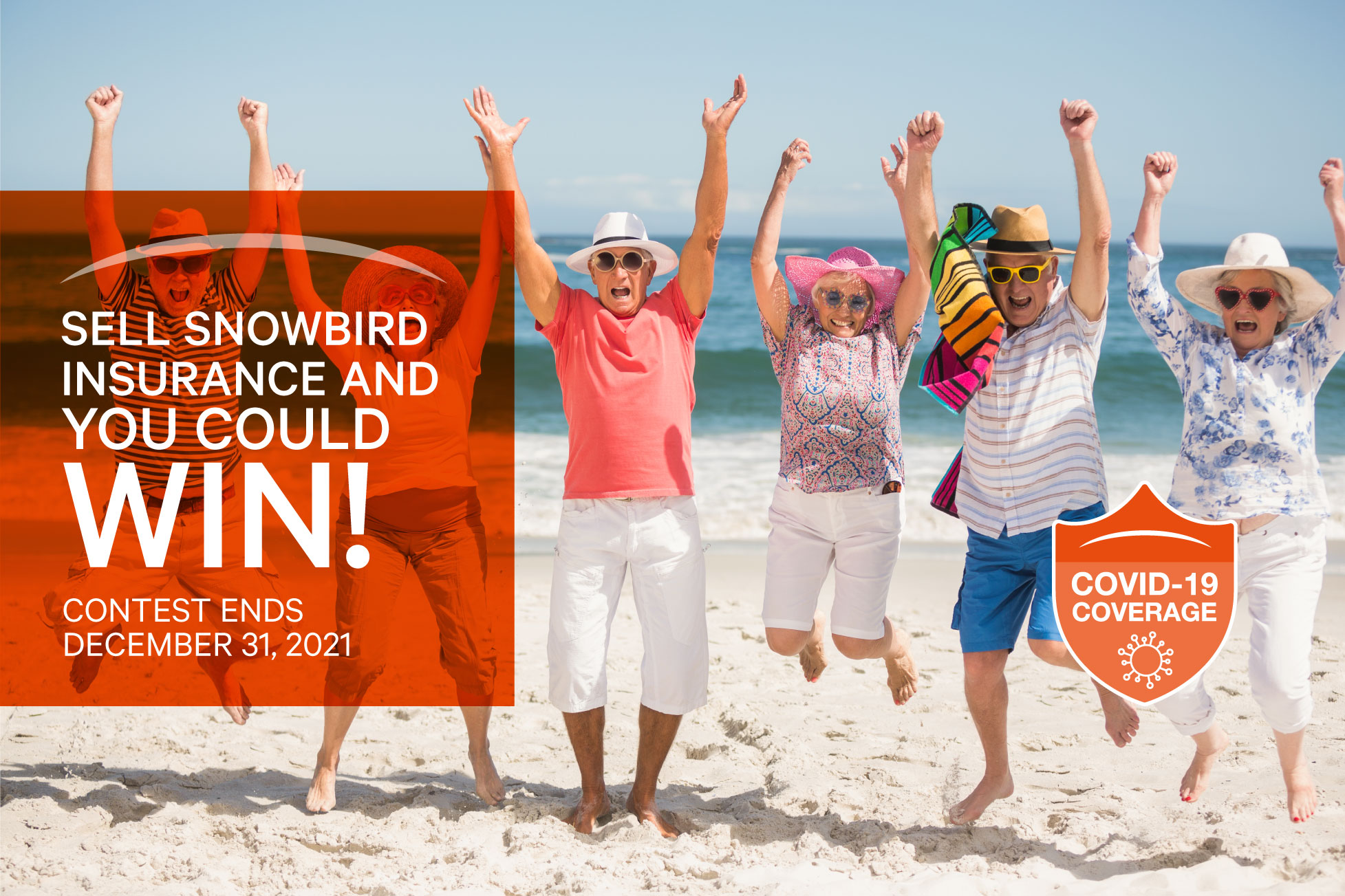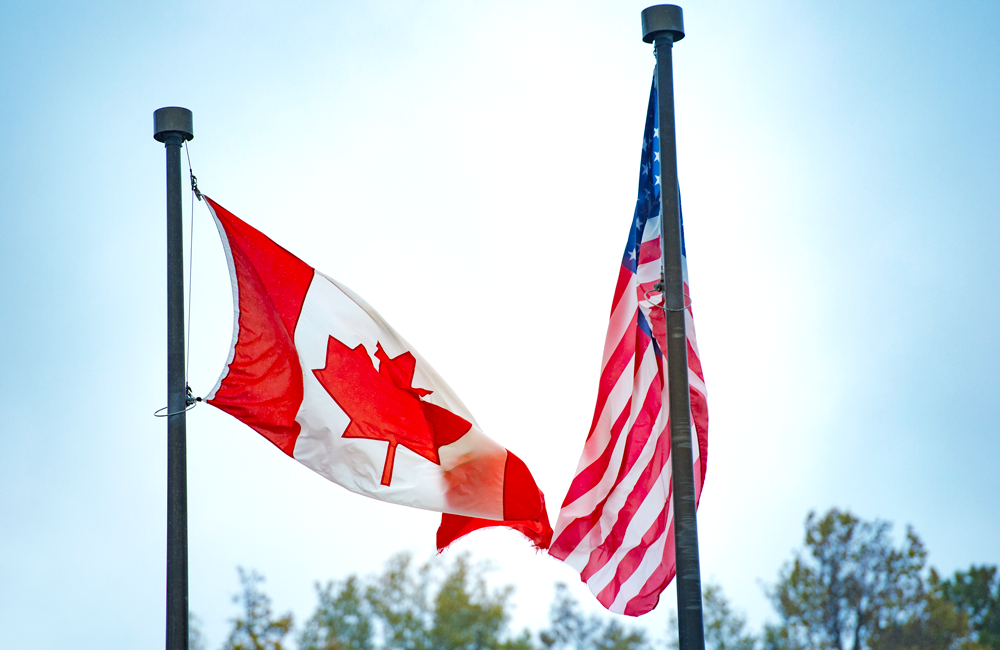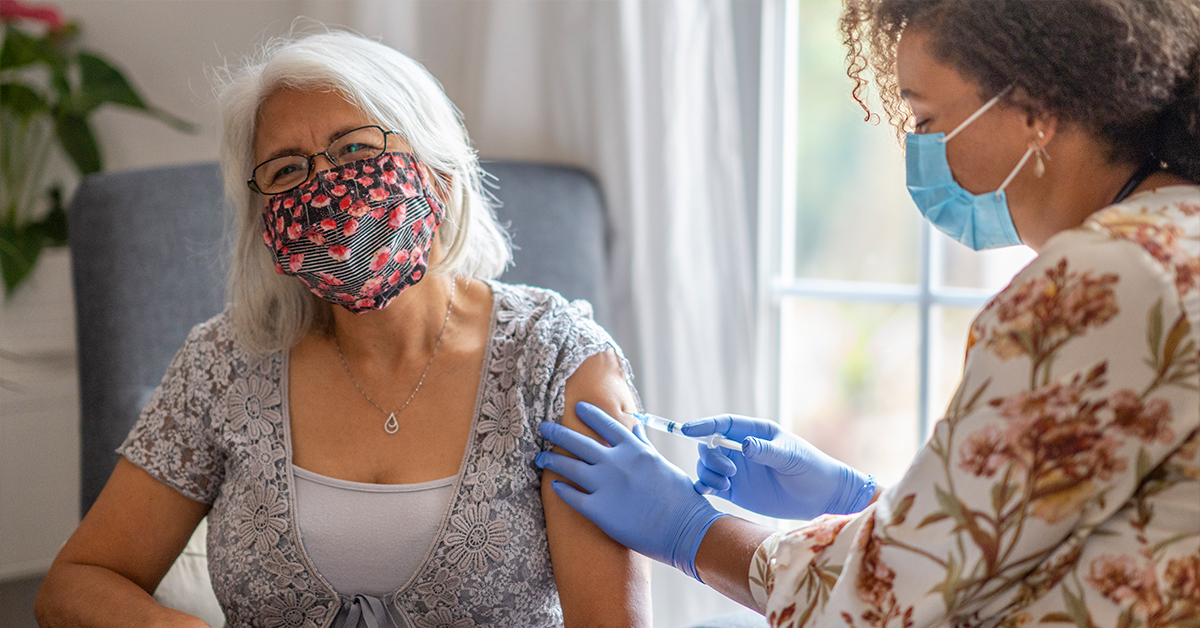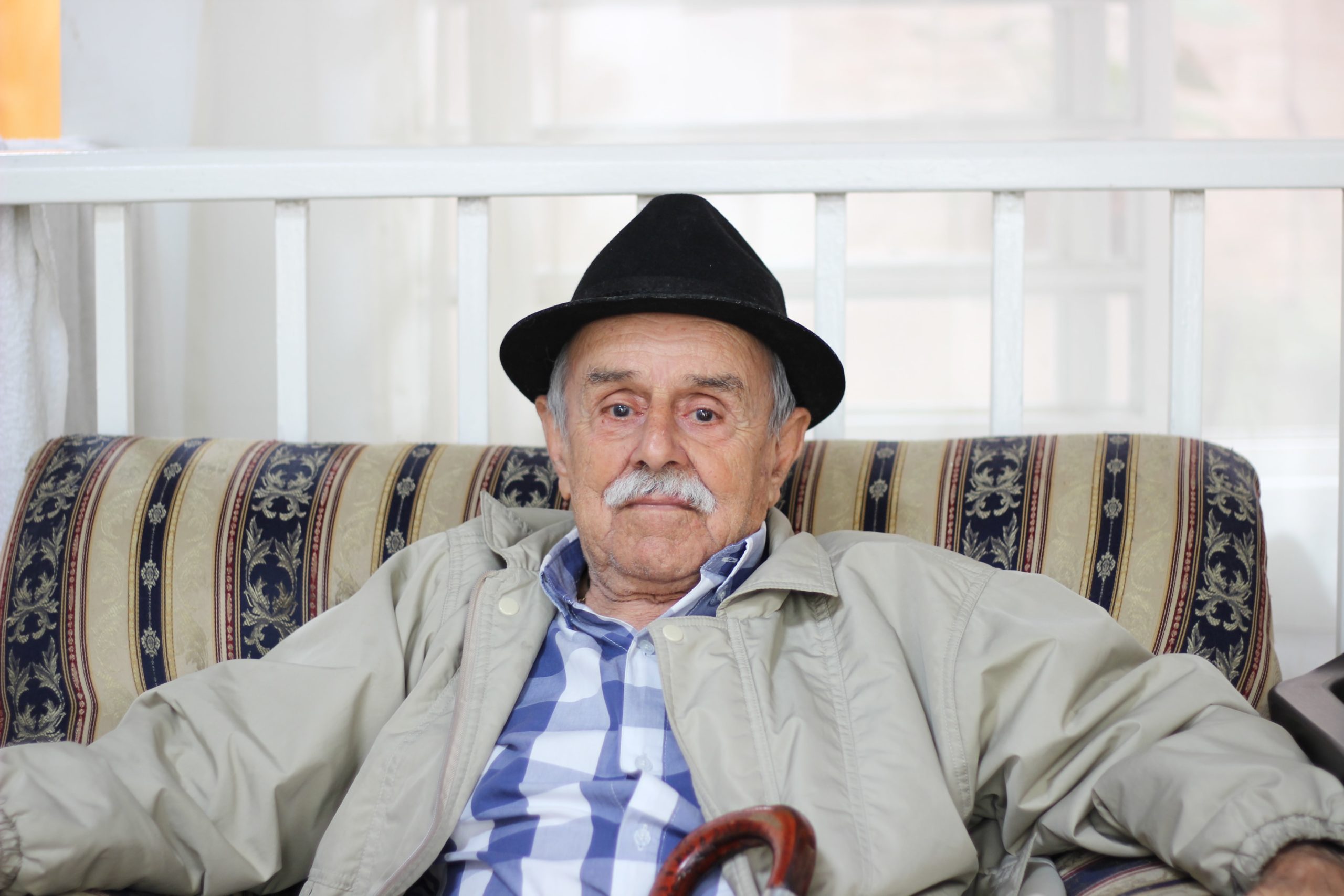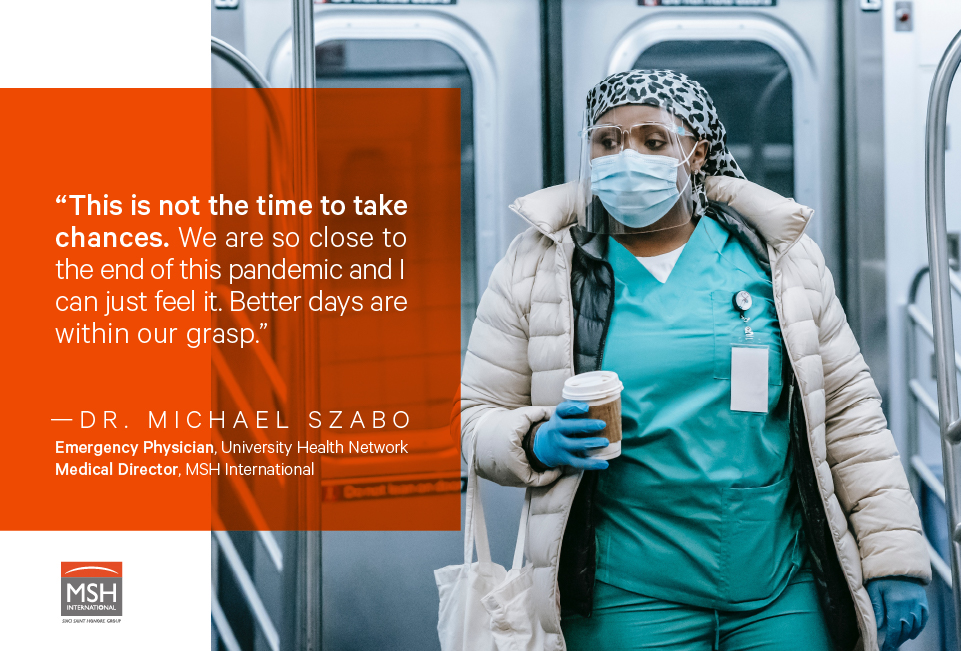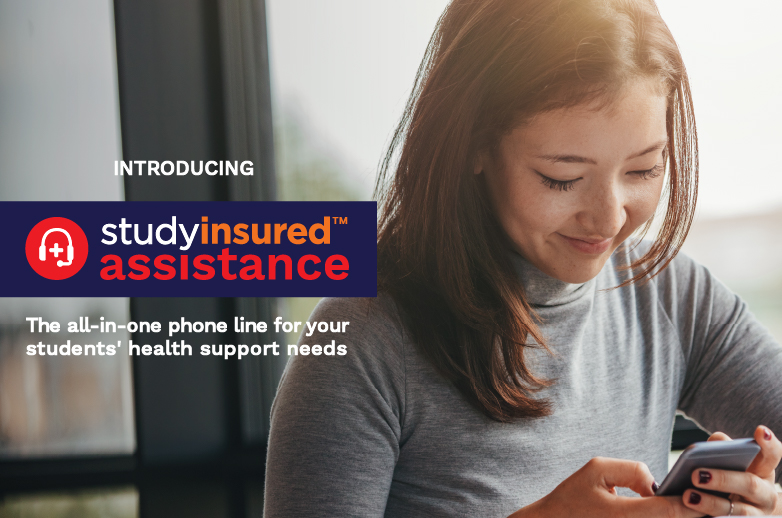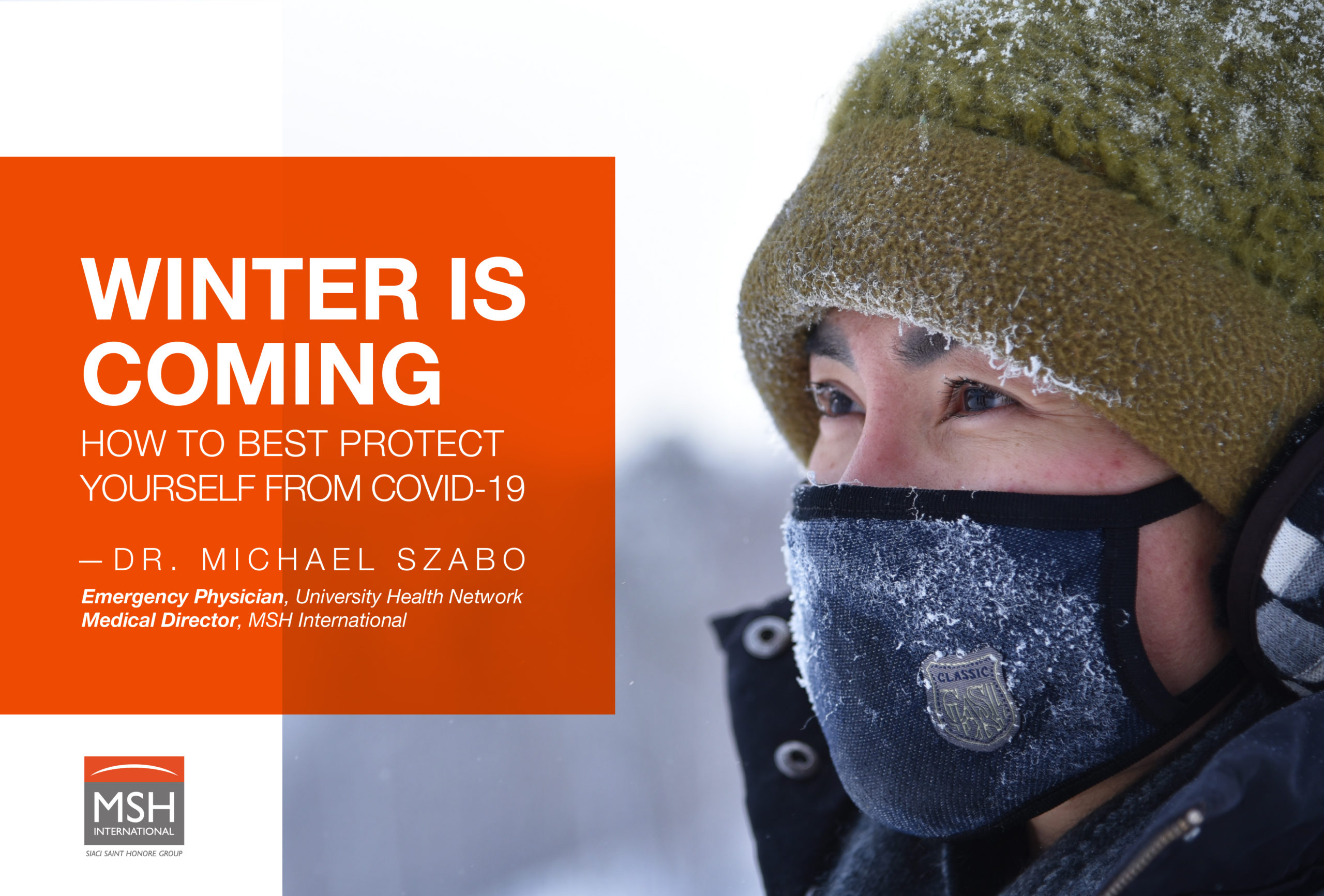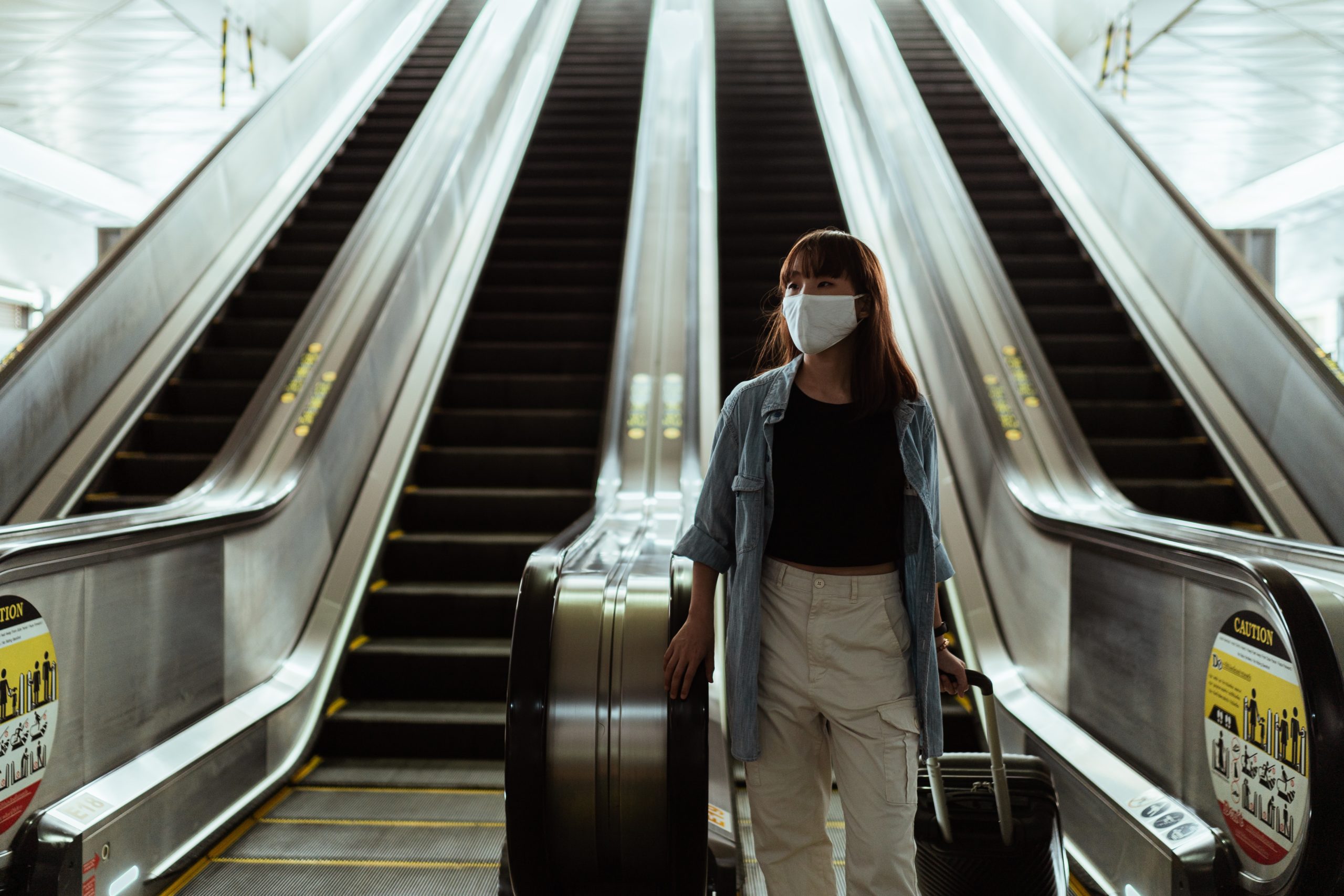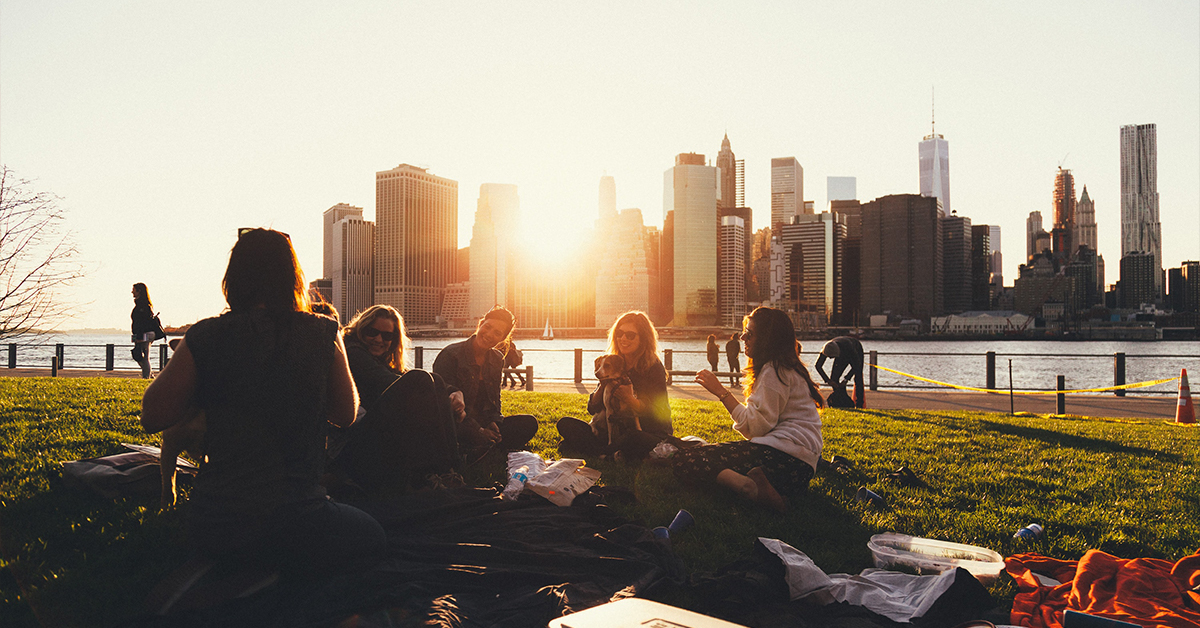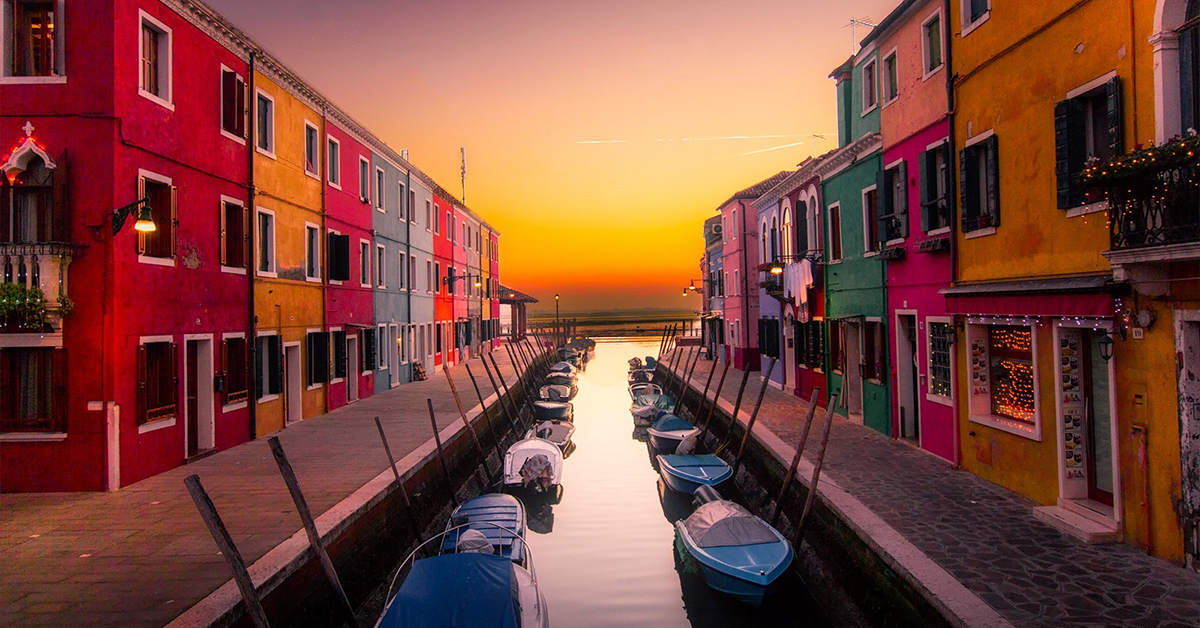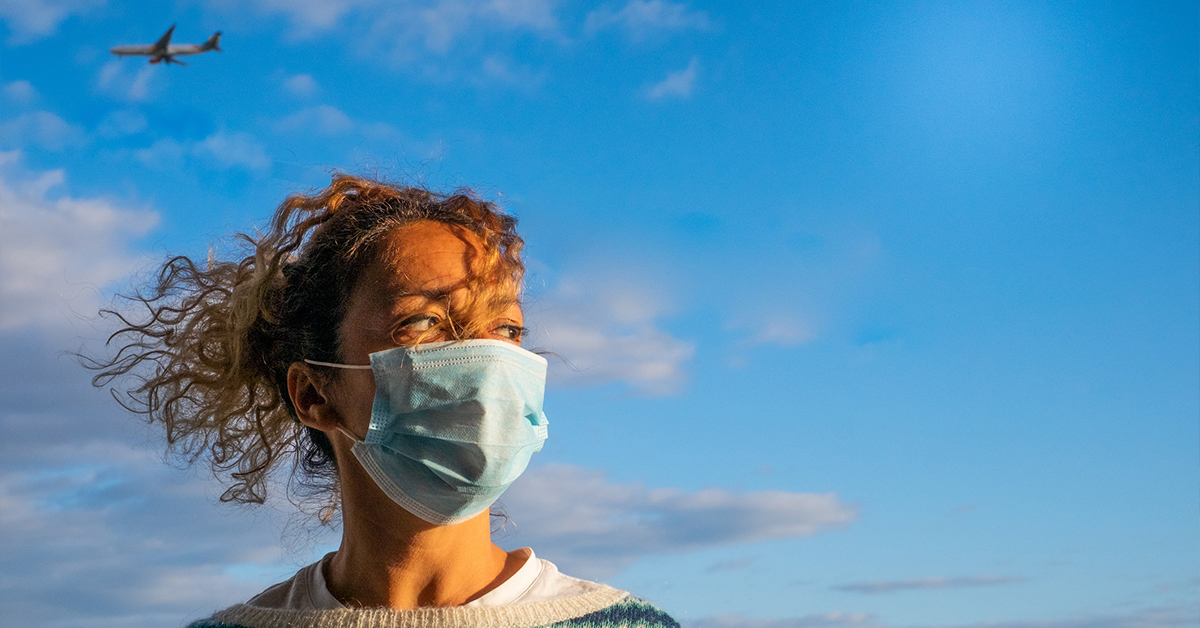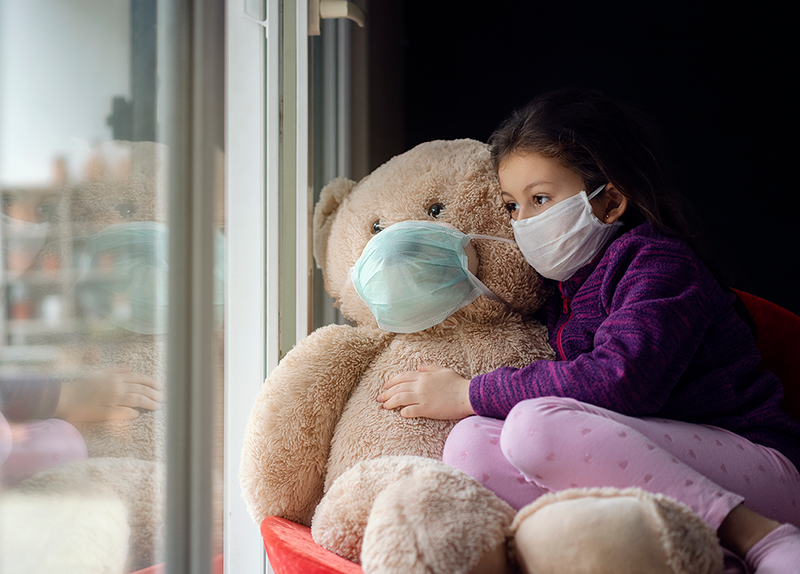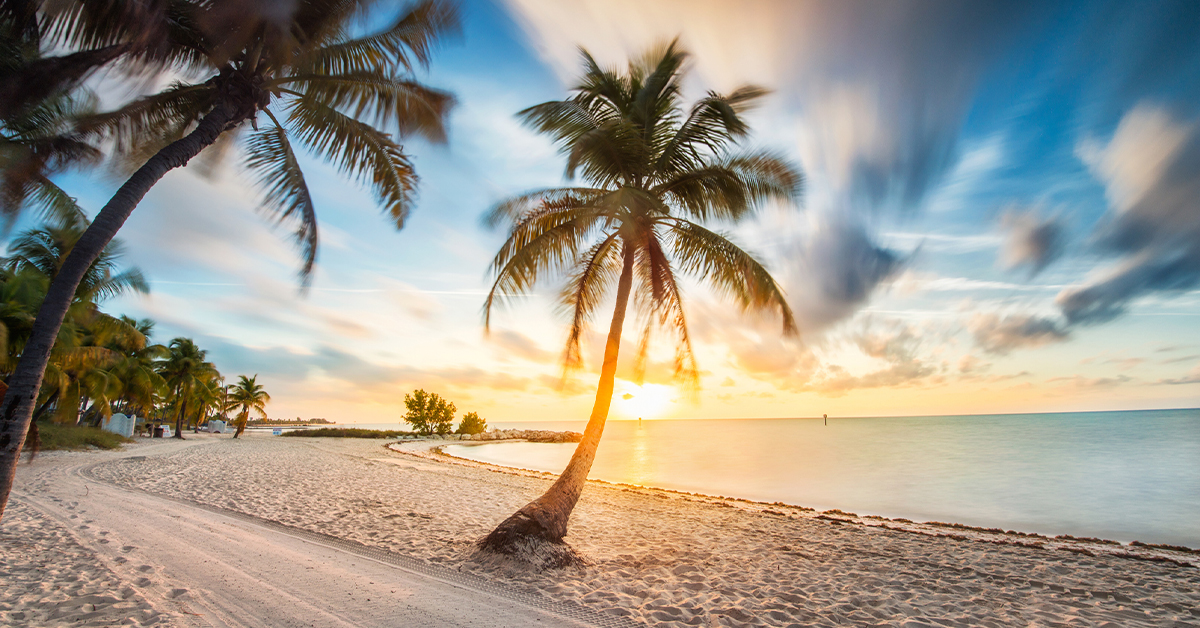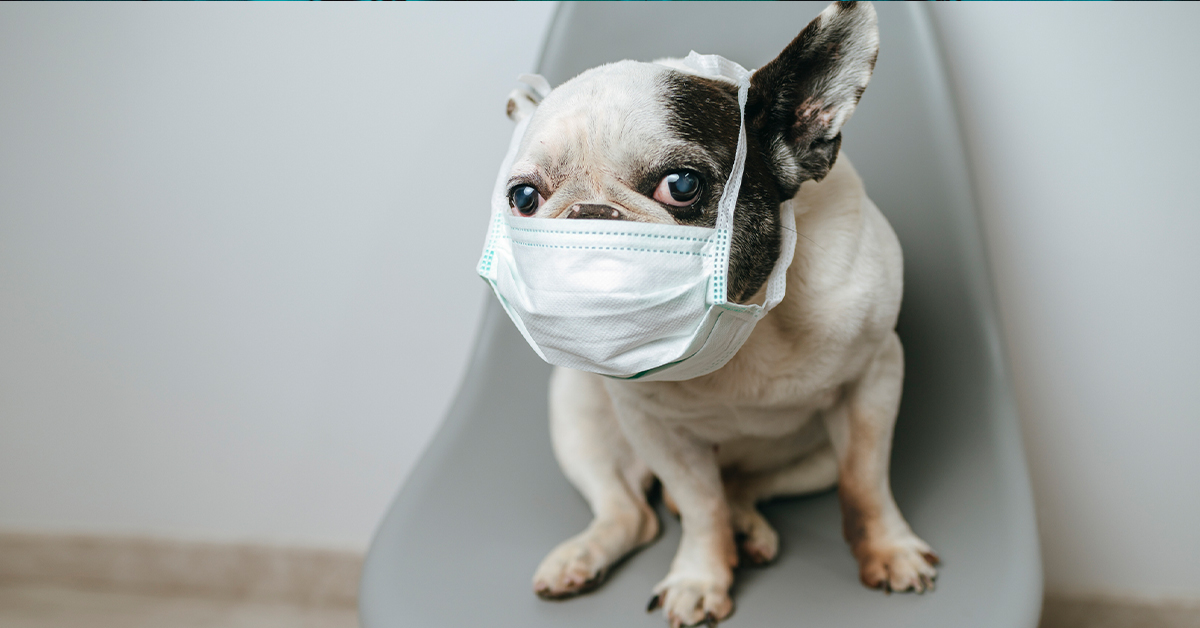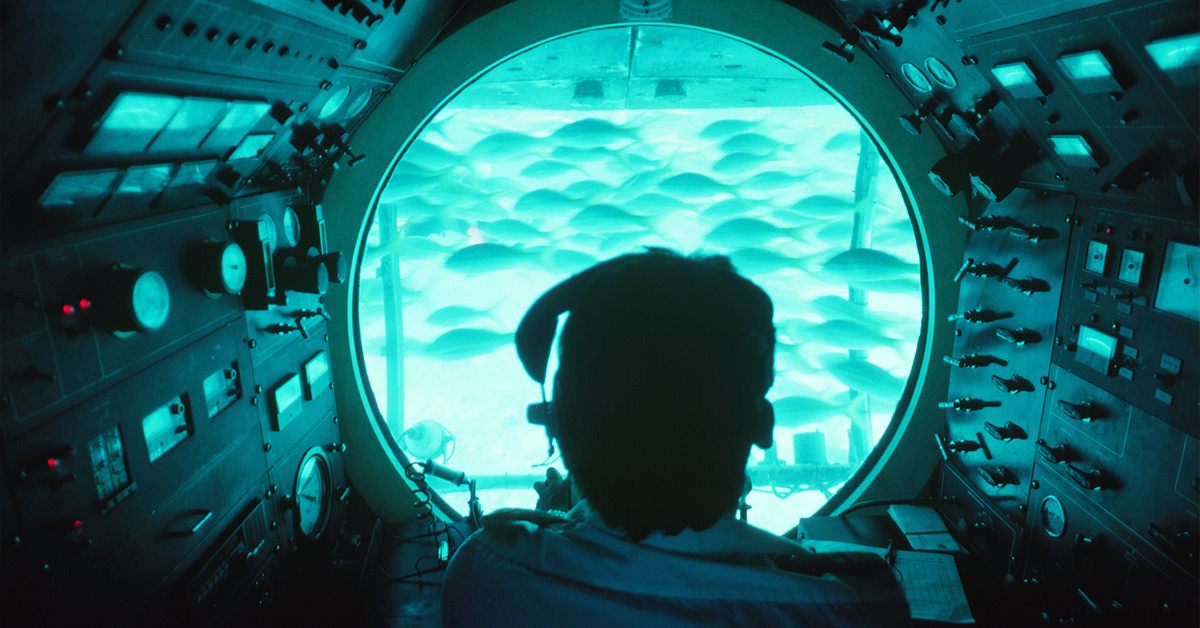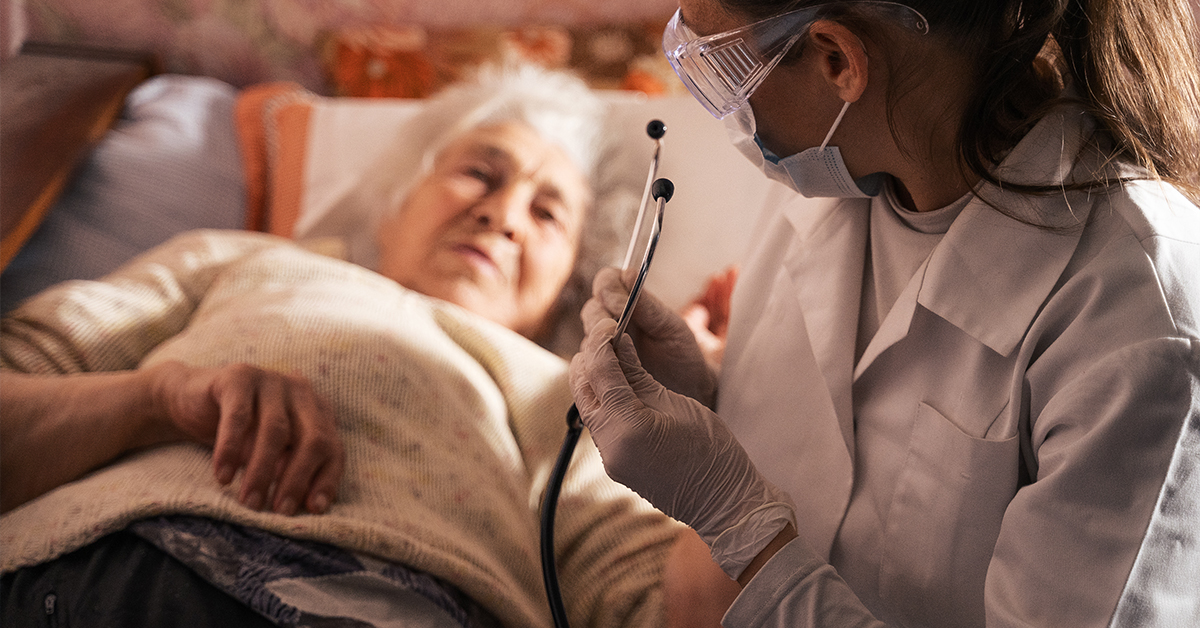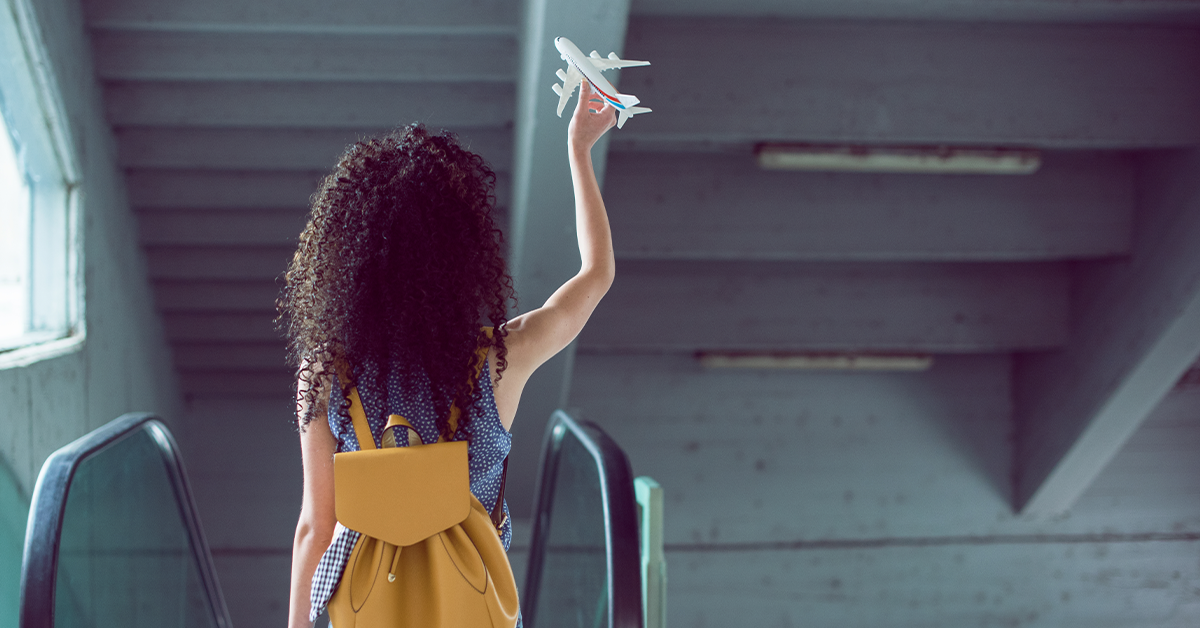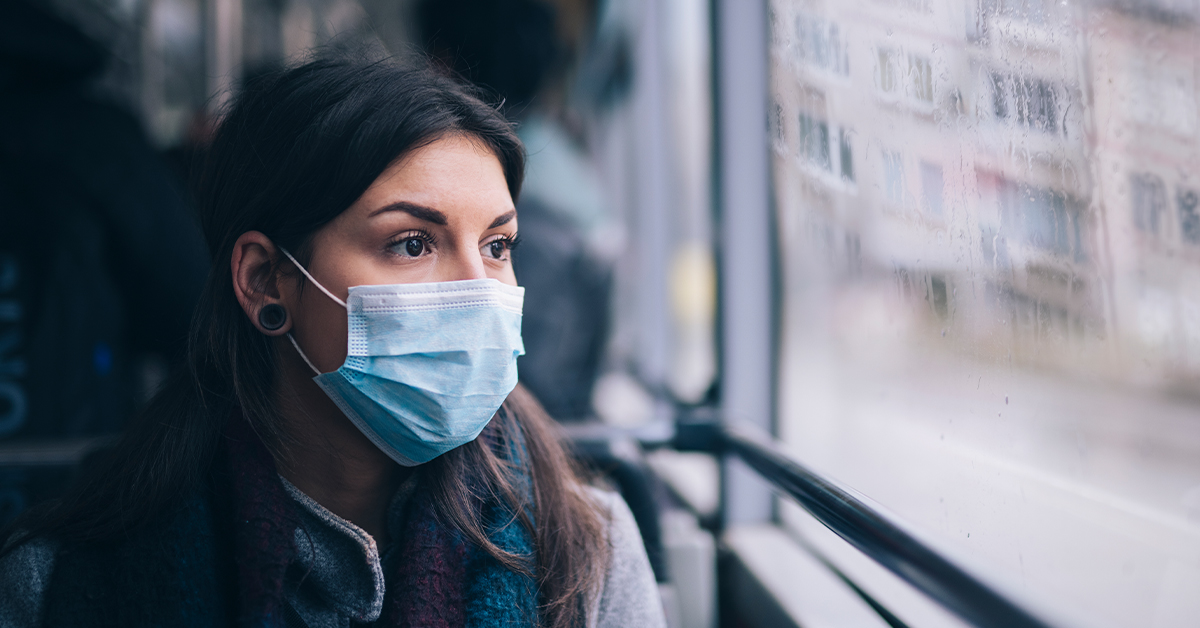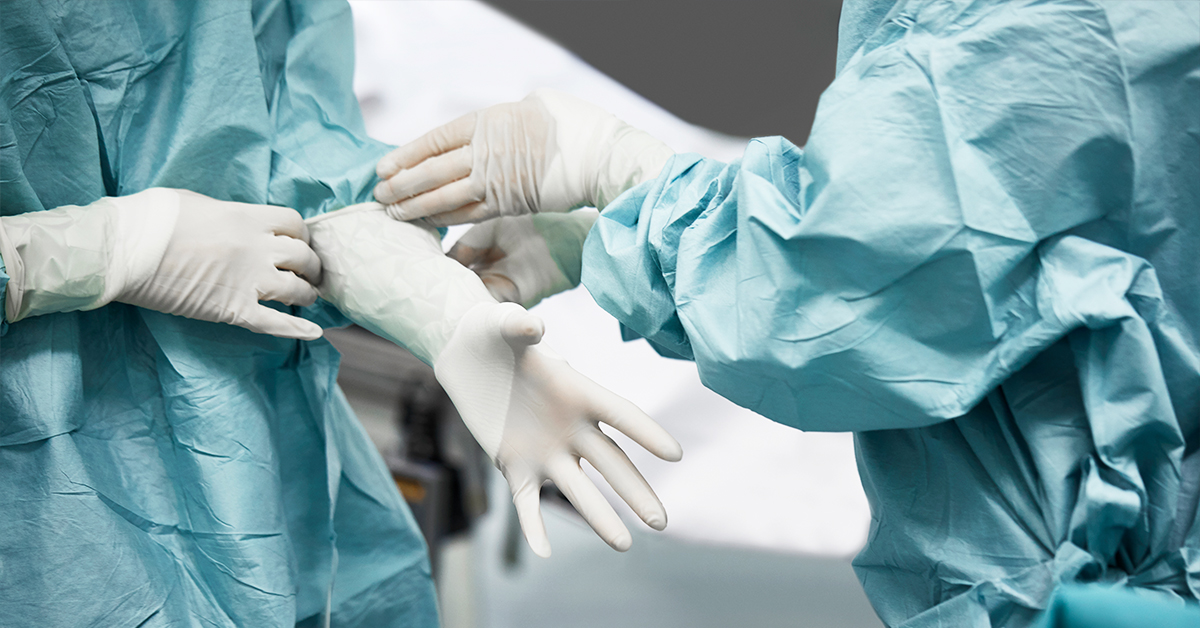With global borders reopening, albeit unevenly, the prospect of reconnecting with long-separated family and friends is made a lot easier given Canada’s increasingly generous “Visitors to Canada” travel insurance product line.
Crafted to protect short-term international tourists as well as parents and grandparents visiting their families under the federal government’s Super Visa program, Visitors to Canada (VTC) plan benefits are also available to residents awaiting permanent visa status, citizens applying for reinstatement of their provincial health plans, as well as international students seeking alternatives for their college-based health insurance options.
Health care in Canada is expensive. Don’t underestimate it
Though Canadian residents don’t normally receive “bills” for hospitals or physician services, they pay a lot in taxes or premiums to maintain their health care system—one of the most expensive in the developed world.
In any large Canadian city, uninsured visitors can expect to pay up to $1,000 or more for an emergency room visit, $5,000 for a daily ward, or much higher for intensive care. And doctors’ and ancillary services or ambulance fees may be charged in addition. As hospital administrators freely admit, international patients can be a substantial source of supplemental (but necessary) revenue for their own publicly funded operating budgets.
Fortunately, Canada’s travel insurance providers have over the years increased their limits on coverage—some up to $300,000 CAD—and have continued to expand the range of benefits necessary to meet the variegated needs of a global clientele: emergency air repatriation to the patient’s home country if necessary; transporting family members to patients’ bedsides; arranging for and paying costs of returning bodily remains to the country of origin; expanding the range of necessary medical services (i.e., including telehealth services, prescription medication benefits, and in some cases even maternity coverage [so long as pregnancy did not precede outbound travel]).
But product lines, age limitations, benefits, and exclusions vary among insurance providers, so it’s necessary to do some homework to get the right fit.
Expanded services—but limits still apply
All VTC plans have many common elements. But none are intended to replicate the broad range of comprehensive, preventive, and health maintenance services offered to resident Canadians by their provincial health plans. They are not designed to cover unstable pre-existing conditions, or elective services, or terminal care, or treatment for serious conditions that require pre-determined medical intervention or that don’t meet the eligibility standards cited in the applications for coverage.
Though VTC plans may cover certain defined pre-existing conditions that are stable during a specified pre-travel period (e.g., 180 days), those conditions must still meet the definition of “stable” as explained in the policy, even if the applicant’s doctor has approved travel. The published definition determines eligibility for coverage.
When and where to buy
Visitors to Canada policies are best purchased from a Canadian insurer before travel begins as that allows coverage as soon as the traveller arrives in Canada. However, an application done at a distance may be a little more difficult as coverage is based on the insurer having a complete and accurate medical profile of the client. Take that into consideration if you’re assisting a parent or relative prior to their arrival. If they have any pre-existing conditions, the insurer should know before the application is completed.
In most cases, if the policy is purchased in Canada, benefits will only kick in 48 hours after its effective date, except for accident or injury, which will be covered as of the effective date. However, if symptoms of an illness that set in prior to or during the 48-hour waiting period are revealed only after the waiting period, expenses for treating those symptoms will very likely be voided. This stands as a caution to any aspiring applicants who might “wait until the last minute” before deciding to buy insurance.
© Copyright 2021 Milan Korcok. All rights reserved.
To find out more about how MSH Americas can help you, please don’t hesitate to contact us.
HelpLine@americas.msh-intl.com
+1 416 730 8488 (or toll-free at +1 800 360 3234)


